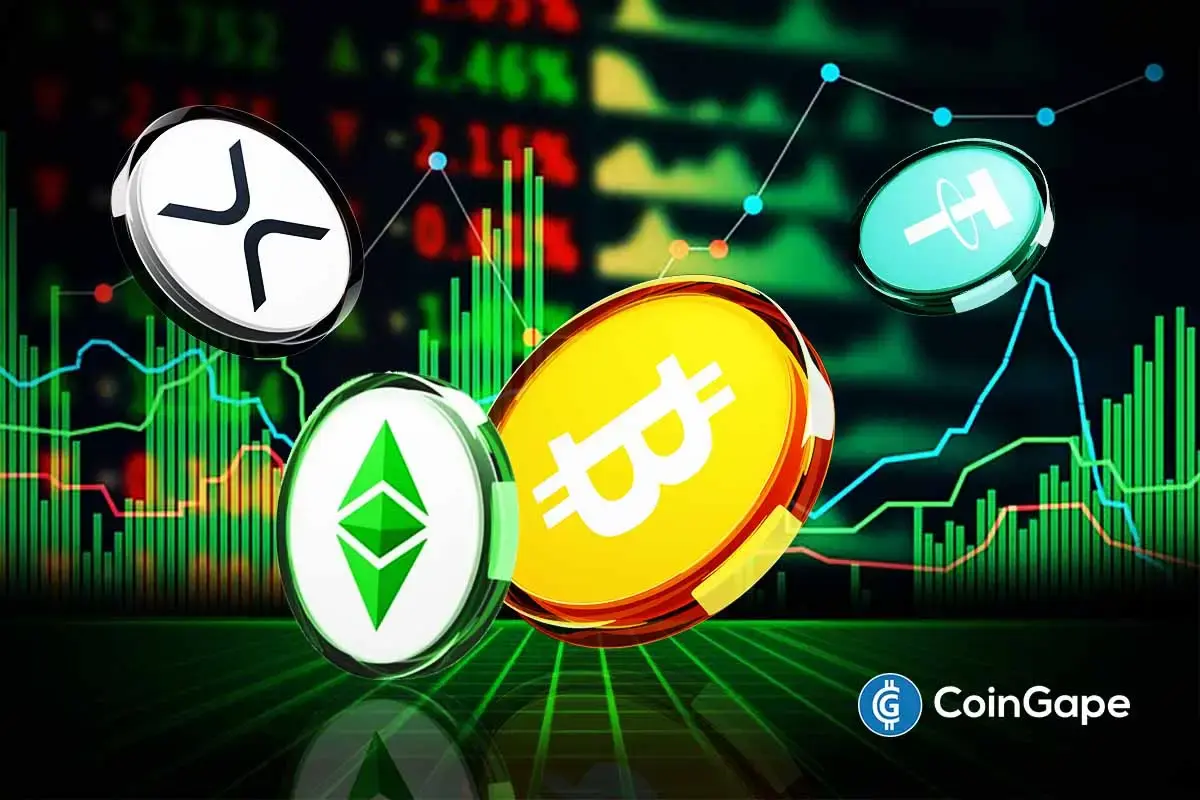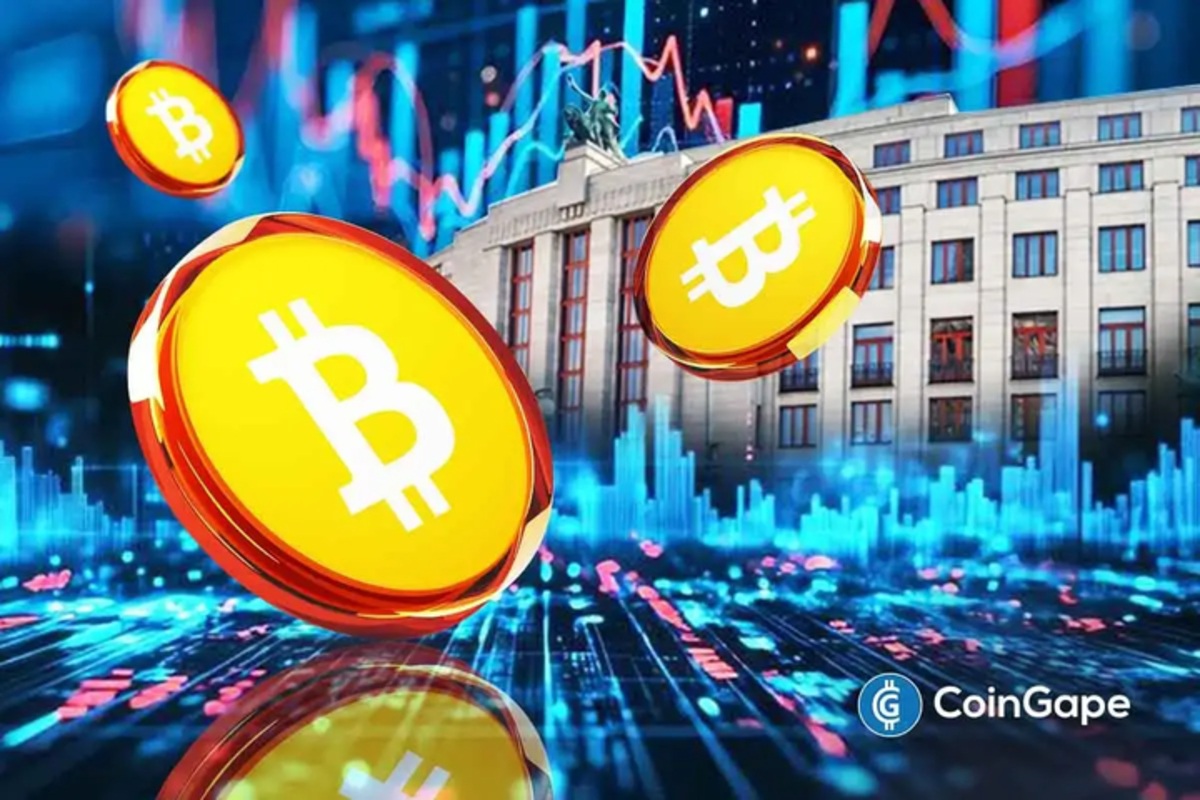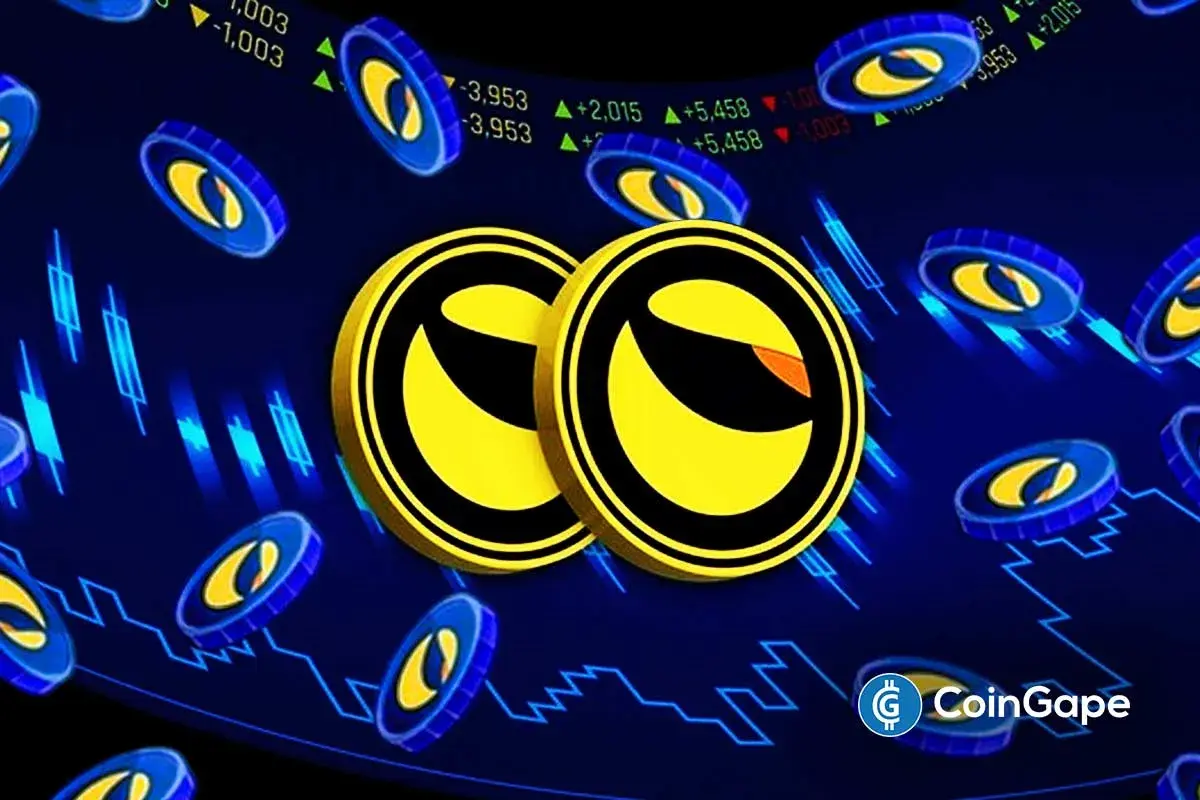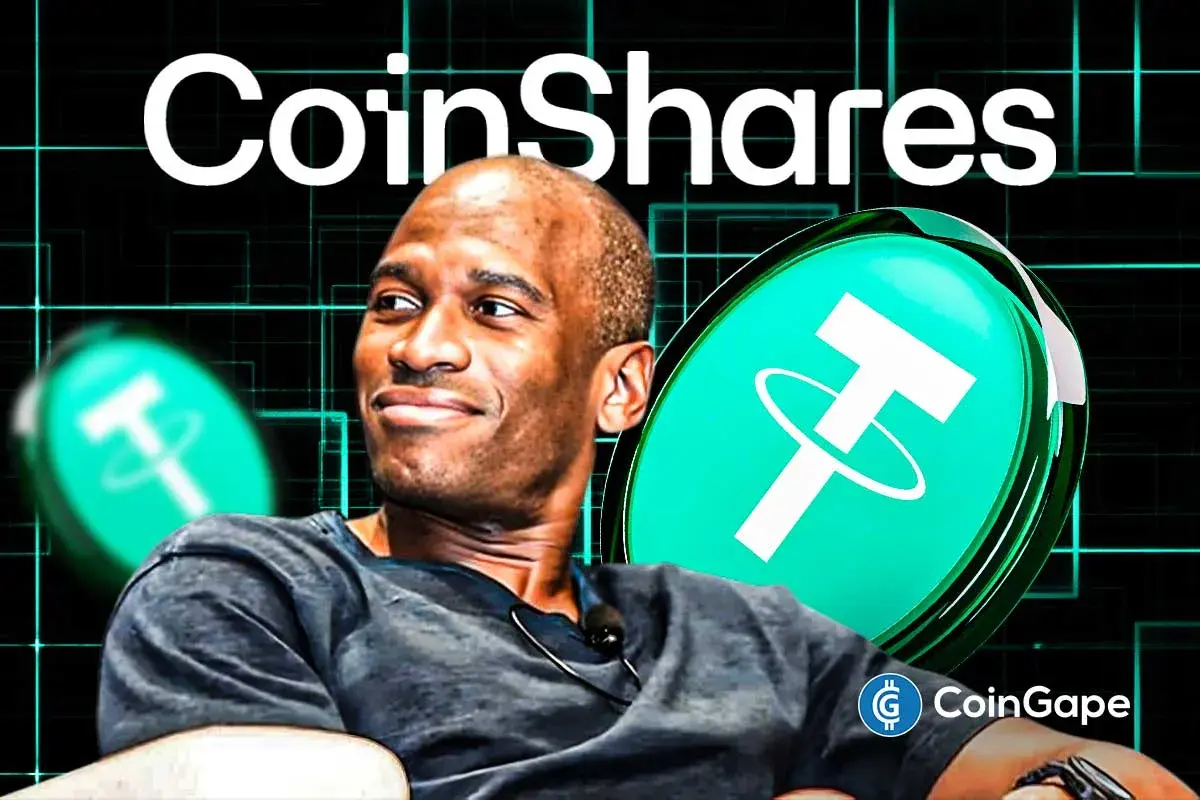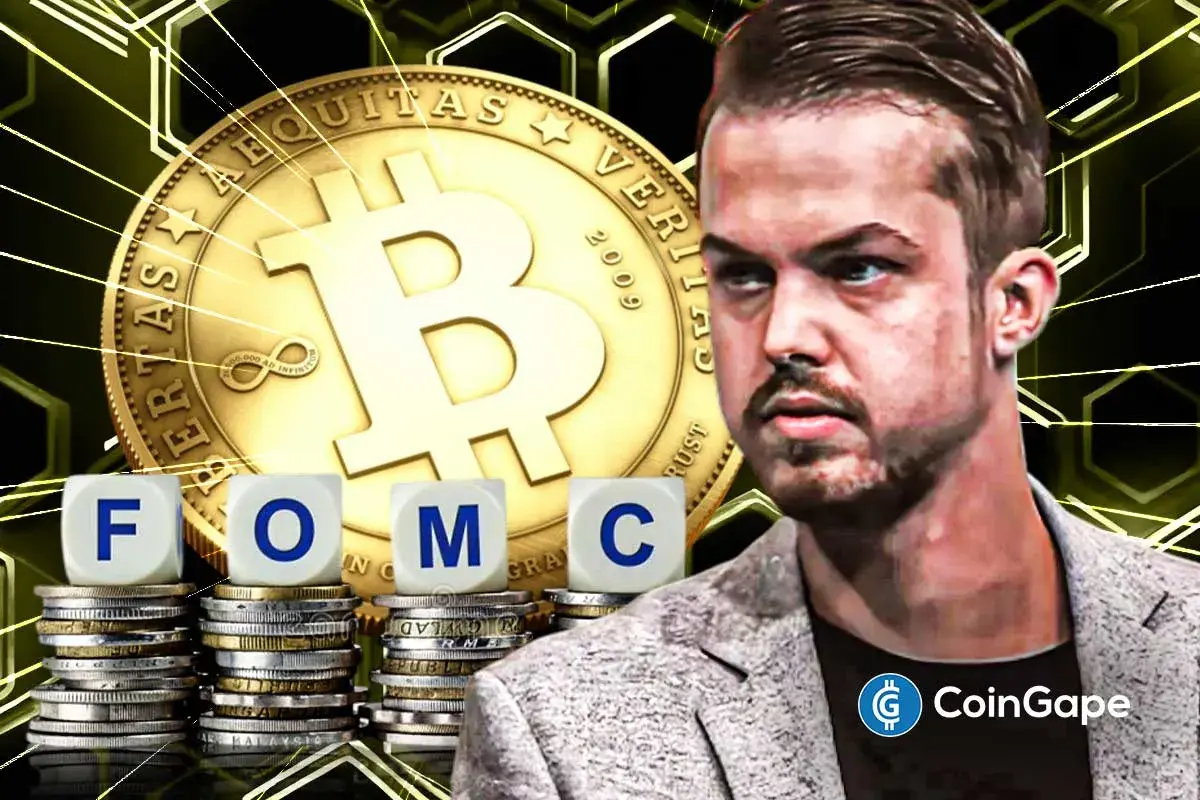The Role of Smart Contracts in The Metaverse

We live in a period when technology changes as fast as human thought. Recent developments led to the creation of Metaverse ecosystems. Metaverse ecosystems have become extremely popular. This popularity has come with problems. One of these issues has to do with electronic commerce. Transactions within Metaverse ecosystems have become tedious, as ecosystem members lack the means to do business.
Centralized payment systems come with many issues.
Security, centralization, global reach, and so on are some of those issues. Decentralized ledgers and their allied technologies offer various benefits to Metaverse users.
They are also emerging technologies, so they fit the bill for the new generation technologies. The emergence of Smart-Contract capable blockchains has also created new paradigms for Metaverse technologies.
Smart contracts create a paradigm where decentralized applications can feature in Metaverse ecosystems and across blockchains.
Smart contract conditions can allow for including many features. These features allow for greater interactivity and use-case scenarios within a Metaverse framework.
Here are a few blockchain projects that will feature within Metaverse ecosystems as they come to life.
Ethereum D’Apps Enable Metaverse Ecosystems
The Ethereum blockchain is the first of the Smart Contract-driven blockchains. Vitalik Buterin and his team invented a chunk of the terms used in the industry today.
Ethereum, with its many standards, invented the decentralized application (D’App) space. So much so that the Ethereum Virtual Machine (EVM) has become a standard within the web3 industry. Several blockchains are EVM compatible with added features.
These standards haven’t prevented developers from hosting their Metaverse projects on the Ethereum blockchain. Some of these projects include Radio Caca (CACA), Star Atlas (ATLAS), Game Credits (Game), RedFox Labs (RFOX), and so on.
As the journey towards ETH2.0 continues, we shall see a marked shift towards the Metaverse as well. ETH2.0 will continue to be an ecosystem that will define standards within the web 3.0 pace for decades to come.
Telos Offers Metaverse Ecosystems Growth Possibilities
The Telos blockchain ecosystem is one of those ecosystems that gives developers the ability to grow within a secure environment. Telos’ dual-purpose EVM and EOS capabilities, Telos is becoming a hub for Metaverse ecosystems and their related applications.
Some Telos Metaverse applications include Cards&Tokens, Kolobook, Koin, APPICS, and so forth.
As the Telos blockchain continues to grow and develop, we shall see an increase in developers who want to port their projects to blockchains and ledgers with multi-tier capacities and capabilities.
Telos has been at the forefront of creating innovations that will continue to make waves within the Metaverse space and more.
Avalanche is king of the hill
Launched mid-2020, Avalanche is one of the leading web3 blockchains with promise. Avalanche’s architecture offers many advantages to developers once they are onboard.
The existence of acceleration, incubation, and venture capital tools on the Avalanche blockchain has endeared Metaverse developers to the platform. They include Kalao, ApeIn, and Kryptomon.
Avalanche comes with many advantages that make it suitable for Metaverse applications. The presence of three subchains, X-Chain, C-Chain, and P-Chain make it possible for developers to create projects with all kinds of features and requirements.
Its fast transaction speeds ensure scalability, and Proof-of-Stake ensures that transaction fees remain one of the lowest in the cryptocurrency space.
BNB Chain Brings In The Big Money
Operated by Binance, the world’s largest crypto exchange, BNB Chain is the latest version of the firm’s smart contracts platform. The chain uses Binance’s BNB Coin as its governance token, enabling seamless integration with the exchange’s other products.
BNB Chain supports large-scale applications including videogame platforms, social networks and also metaverses. The chain also has its own novel MetaFi ecosystem, which brings projects such as Metaverse, DeFi, GameFi, SocialFi, Web3, and NFTs under one roof.
Through its recent acquisition of Trust Wallet, Binance also offers a decentralized wallet service on the BNB Chain.
Cardano powers ahead
Cardano is a veteran smart contracts provider that saw a large jump in popularity this year. The platform operates on two separate programming languages that define different parameters.
The two languages, Marlowe and Plutus, allow developers to build financial systems and Cardano applications, respectively.
Chainlink deals in Oracles
Chainlink is another upcoming smart contracts platform that allows users to build applications that can interact with other blockchains. The platform also offers pre-built codes, or “oracles”, for integration into new projects.
The platform allows for interaction with real-world data and off-chain computation, while offering the same level of security that is standard for blockchain platforms.
The Qtum Blockchain Stands Tall
Rising blockchain Qtum holds tremendous potential. This potential is clear with its Proof-of-Stake (PoS) UTXO model that allows for Smart Contract execution and scalability.
Qtum’s last halving event just took place. The increased token scarcity shall affect the QTUM token demand.
Why Are Smart Contracts Needed in the Metaverse?
Smart contracts are the engine where all the action happens within blockchain systems. Blockchain functionality gets coded for each decentralized application.
Because of the decentralized nature of blockchain applications, smart contracts for Metaverses do very well because of the benefits that blockchains bring.
Blockchains help secure Metaverse activities.
They are suitable for trading and all electronic commerce activities. NFTs serve as collectibles in certain Metaverse virtual lands.
Blockchains also help connect Metaverse members without the need to be localized. Issues such as internet connectivity, inadequate capacity present problems for centralized systems.
Smart Contracts on blockchains enable the interactions within Metaverse communities while enabling transaction redundancy. They allow further innovation without adding to the cost element present in centralized technologies.
Working smart contracts have little or no maintenance costs attached to them. It allows for speedy development and lower running costs for project developers.
Lastly, smart contracts enable creating extra features to Metaverses without changing the Metaverse codebase.
As Metaverse ecosystems come into play in our everyday lives, we shall see smart contracts, their D’apps, and use-cases as well.
- December Recovery Ahead? Coinbase Outlines Why Crypto Market May Rebound
- Peter Brandt Hints at Further Downside for Bitcoin After Brief Rebound
- $1.3T BPCE To Roll Out Bitcoin, Ethereum and Solana Trading For Clients
- Why is the LUNC Price Up 70% Despite the Crypto Market’s Decline?
- CoinShares Fires Back at Arthur Hayes, Dismisses Fears Over Tether Solvency
- Ethereum Price Holds $3,000 as Bitmine Scoops Up $199M in ETH; What Next?
- Solana Price Outlook Strengthens as Spot ETFs See $15.68M in Fresh Inflows
- Dogecoin Price Gears Up for a $0.20 Breakout as Inverse H&S Takes Shape
- Bitcoin Price Forecast as BlackRock Sends $125M in BTC to Coinbase — Is a Crash Inevitable?
- XRP Price Prediction As Spot ETF Inflows Near $1 Billion: What’s Next?
- Solana Price Outlook: Reversal at Key Support Could Lead to $150 Target







